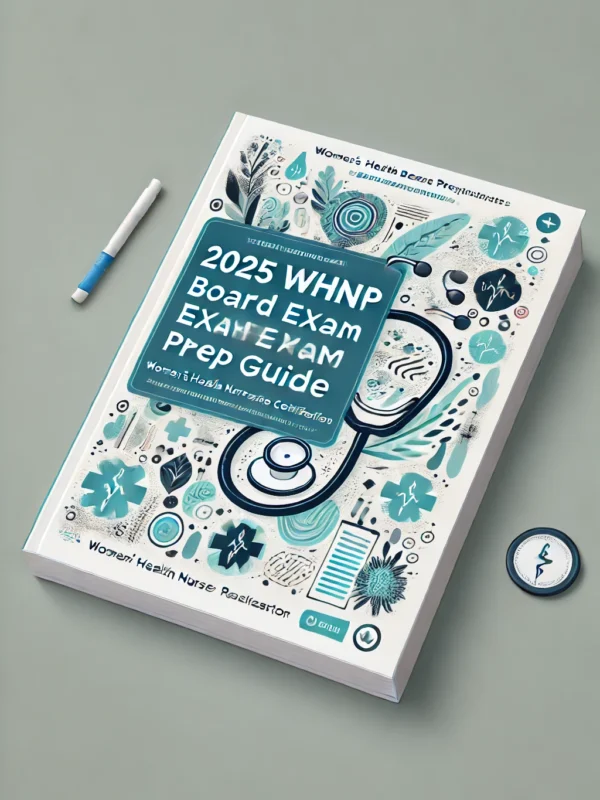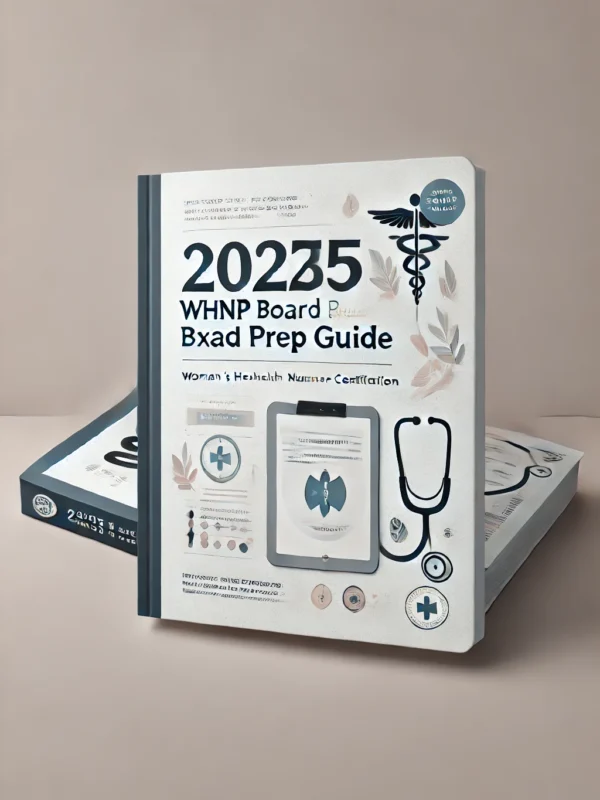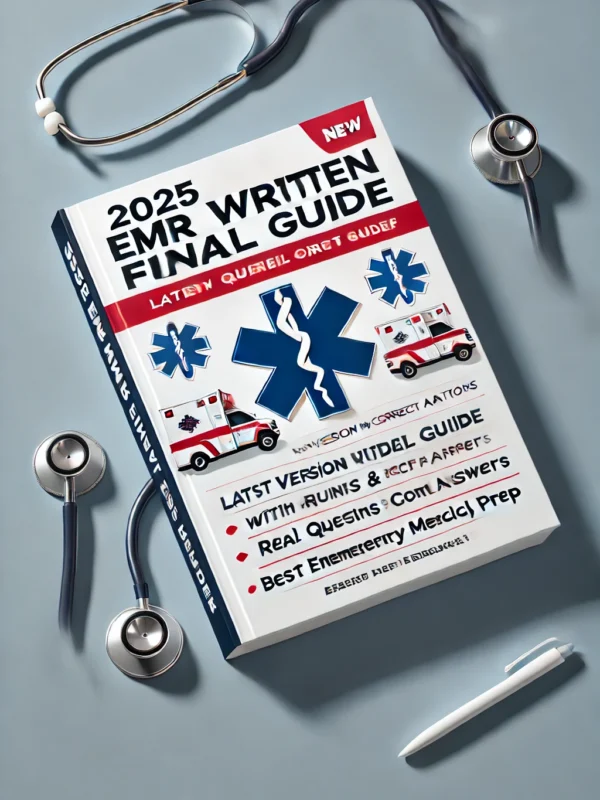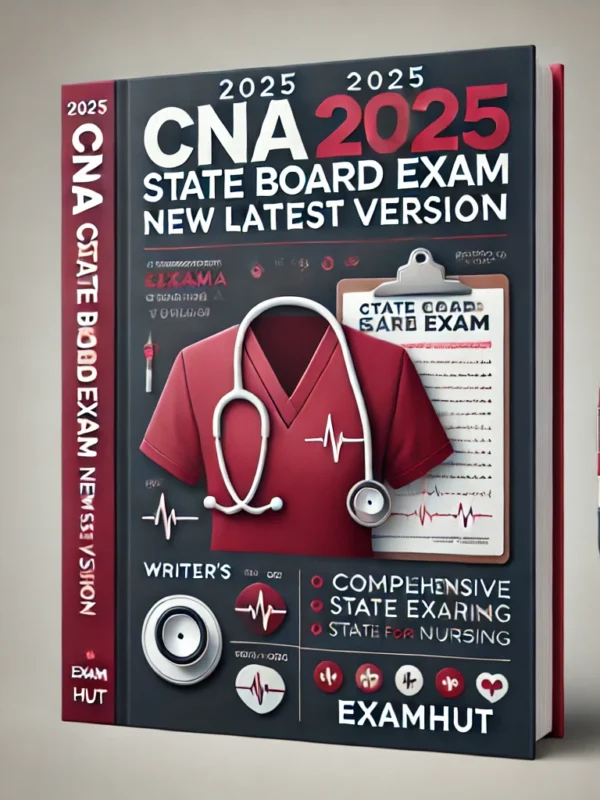Boost your confidence and excel in your graduate nursing studies with the NURS 611 Pathophysiology Exam 1: Accurate & Verified Actual Exam Questions with Detailed Answers for Guaranteed Pass – Already Graded A (Maryville University). This premium study resource is specifically designed for students enrolled in NURS 611 (Advanced Pathophysiology) at Maryville University, providing a comprehensive collection of actual exam questions that have been meticulously verified for accuracy. Covering critical pathophysiology topics for Exam 1, this guide includes cellular adaptation, injury, and death; genetic and congenital disorders; immune system dysfunction; neoplasia; and the pathophysiology of major organ systems such as the cardiovascular, respiratory, and endocrine systems. Each question is paired with detailed answers and in-depth rationales, offering clear explanations of complex disease processes and their clinical implications, which are essential for advanced practice nursing roles. The NURS 611 Exam 1 at Maryville University typically features 50–100 questions in formats like multiple-choice, case studies, and application-based scenarios, and this resource mirrors that structure to provide an authentic practice experience. Already graded A by top-performing Maryville students, this study guide guarantees a passing score by offering a structured, focused approach to mastering the material. Updated to align with Maryville University’s 2025 curriculum, this is the ultimate tool to help you succeed in NURS 611 and advance toward your career as a nurse practitioner, educator, or healthcare leader.
Preview
1. What is the main component of the cell and what does it contain?
A) Cytoplasm; ribosomes
B) Mitochondria; ATP
C) Nucleus; nucleolus
D) Golgi apparatus; vesicles
Answer: C) Nucleus; nucleolus
Rationale: The nucleus is the central organelle of a cell, containing the nucleolus, which is
important for ribosome production.
2. What is the nucleolus composed of?
A) Lipids and proteins
B) RNA, DNA, histones, and proteins
C) Carbohydrates and lipids
D) Amino acids and enzymes
Answer: B) RNA, DNA, histones, and proteins
Rationale: The nucleolus is primarily composed of RNA, DNA, DNA-binding proteins, and
histones.
3. What do histones do and why are they important?
A) They synthesize proteins
B) They regulate DNA activity
C) They store energy
D) They transport nutrients
Answer: B) They regulate DNA activity
Rationale: Histones bind to DNA and help package it into chromosomes, which is essential for
DNA regulation and cell division.
4. What are ribosomes?
A) Lipid synthesis sites
B) RNA-protein complexes that synthesize proteins
C) Enzymes for DNA replication
D) Components of the cell membrane
Answer: B) RNA-protein complexes that synthesize proteins
Rationale: Ribosomes are the cellular machinery responsible for protein synthesis.
A) Cytoplasm; ribosomes
B) Mitochondria; ATP
C) Nucleus; nucleolus
D) Golgi apparatus; vesicles
Answer: C) Nucleus; nucleolus
Rationale: The nucleus is the central organelle of a cell, containing the nucleolus, which is
important for ribosome production.
2. What is the nucleolus composed of?
A) Lipids and proteins
B) RNA, DNA, histones, and proteins
C) Carbohydrates and lipids
D) Amino acids and enzymes
Answer: B) RNA, DNA, histones, and proteins
Rationale: The nucleolus is primarily composed of RNA, DNA, DNA-binding proteins, and
histones.
3. What do histones do and why are they important?
A) They synthesize proteins
B) They regulate DNA activity
C) They store energy
D) They transport nutrients
Answer: B) They regulate DNA activity
Rationale: Histones bind to DNA and help package it into chromosomes, which is essential for
DNA regulation and cell division.
4. What are ribosomes?
A) Lipid synthesis sites
B) RNA-protein complexes that synthesize proteins
C) Enzymes for DNA replication
D) Components of the cell membrane
Answer: B) RNA-protein complexes that synthesize proteins
Rationale: Ribosomes are the cellular machinery responsible for protein synthesis.











Reviews
There are no reviews yet.